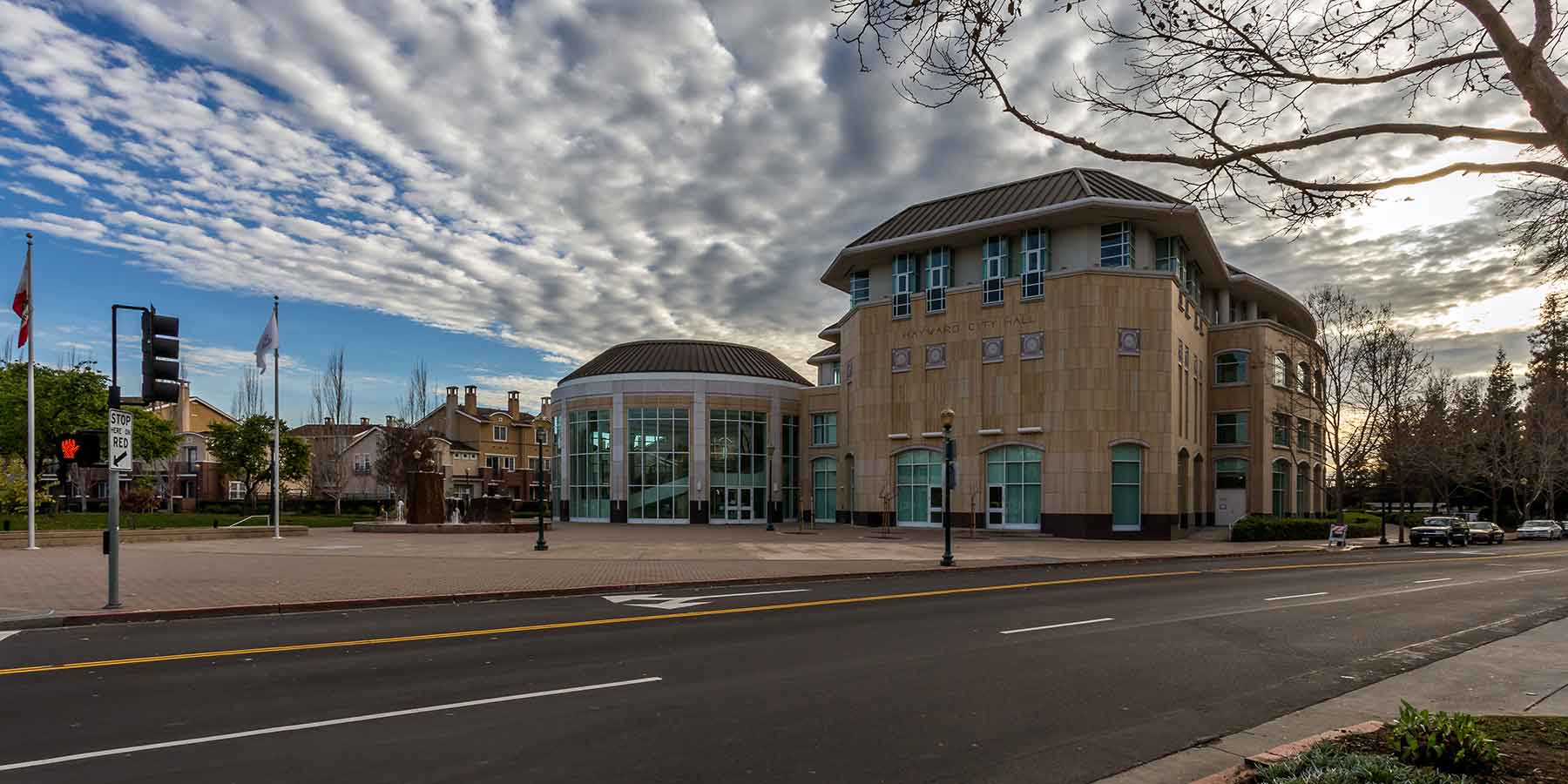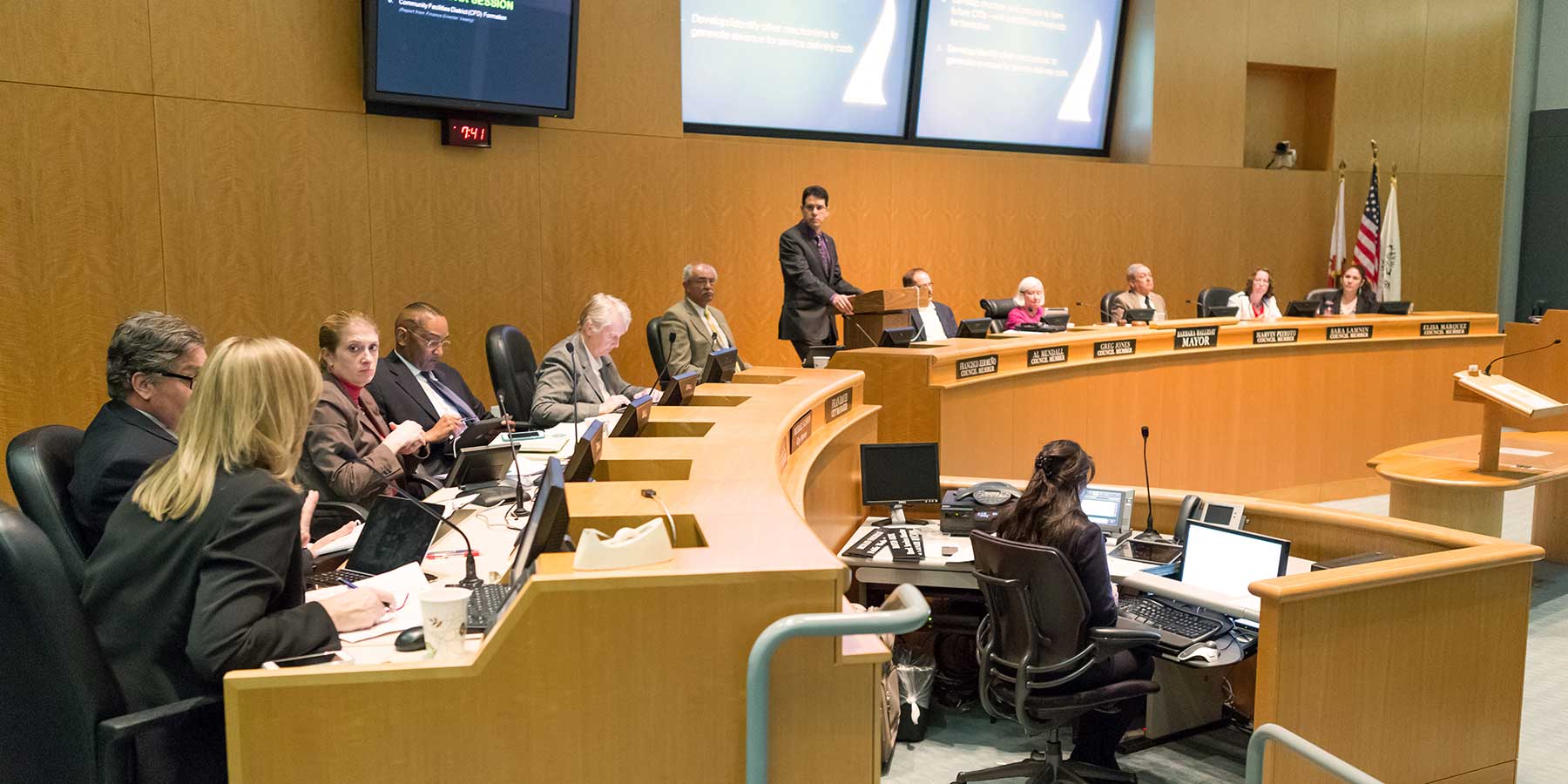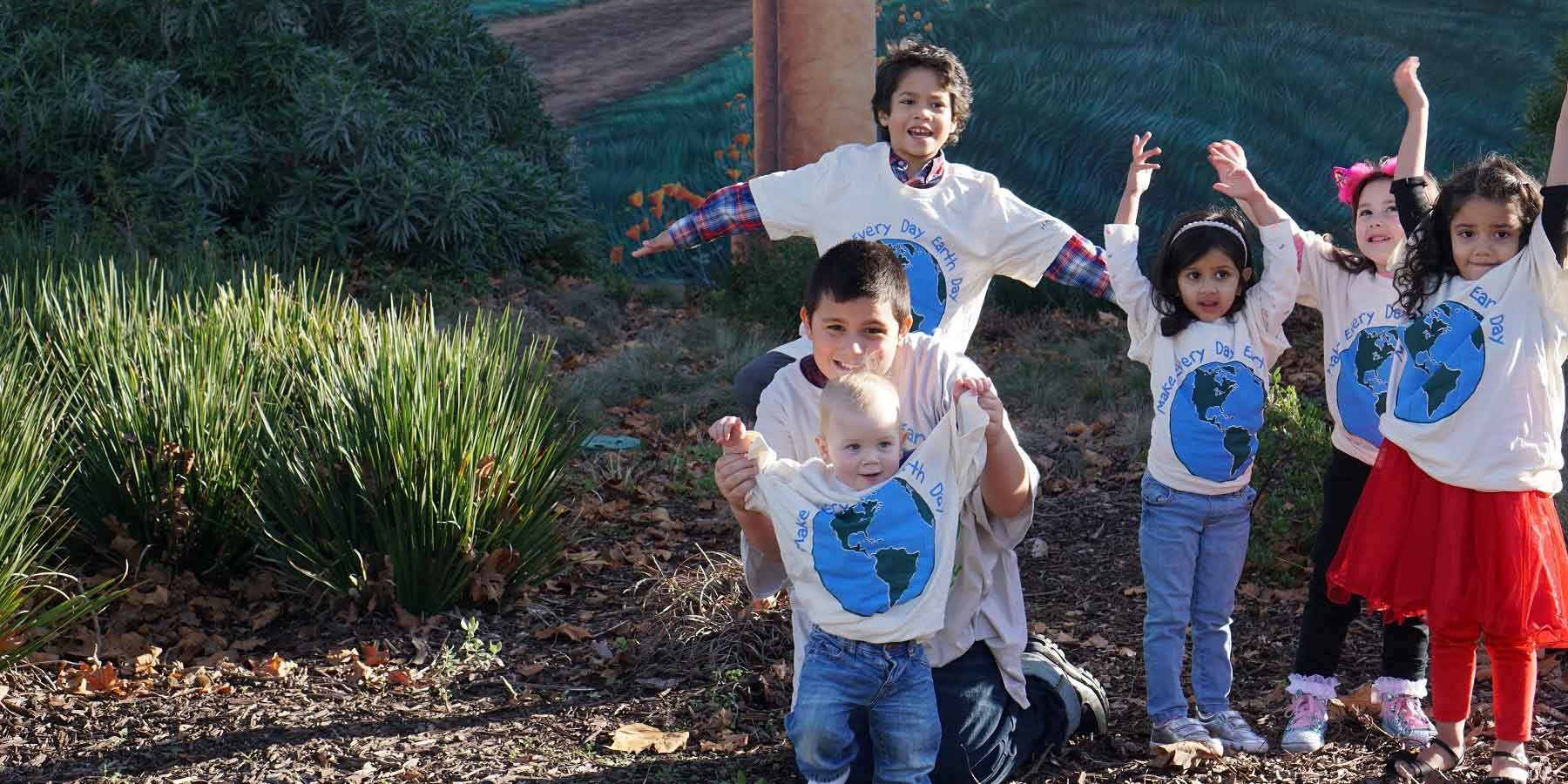Water & Wastewater Measures
Water and wastewater infrastructure can be managed to reduce the energy needed to transport water and wastewater, and associated GHG emissions. Residential and commercial buildings use water both indoors for cooking, cleaning, bathing, and toilet flushing, and outdoors to irrigate landscaping and maintain pools and fountains. Water efficiency measures not only reduce the amount of water used but also reduce the amount of energy needed to convey, treat, and distribute water. Additionally, water consumption and wastewater generation are interconnected, therefore water conservation efforts will lead to decreases in wastewater generated, as less water is treated through the wastewater system. Water conservation efforts also have the added benefit of putting less pressure on water resources across California during times of drought and ensuring more long- term resilience of this vital resource. The CAP Update’s water and wastewater (WW) measures focus on reducing indirect electricity usage from water use and wastewater generation and do not directly address wastewater process emissions.
Water and Wastewater While only a small part of the City’s GHG emissions, water conservation is an important aspect of a community’s overall sustainability. Through Measure WW-1, the City will reduce water consumption by 15 percent by 2030 and maintain it through 2045.
Measures & Actions Detail
Measure BE-6: Generate carbon-neutral electricity on City facilities meeting 80% of the municipal operational electricity needs by 2030.
Actions, co-benefits, City costs, community costs, and specific quantitative GHG emissions reductions associated with implementation of Measure BE-6 are included in Table 16.
Table 26: Measure WW-1 Actions
ACTION ID | ACTION DESCRIPTION |
|---|---|
| WW 1.1 | Continue to implement the City’s Bay-Friendly Water Efficient Landscape ordinance applicable to all land use types to decrease water consumption. Key Pillar: Structural Change |
| WW 1.2 | Continue to implement and enforce the Water Conservation Standards within the Municipal Code via the Prohibition of Wasteful Water Practices Ordinance for households, businesses, industries, and public infrastructure. Key Pillar: Structural Change |
| WW 1.3 | Continue to implement rebate and water conservation device tracking system to track the number of rebates and water devices distributed. Key Pillar: Structural Change |
| WW 1.4 | Continue to implement the Recycled Water Program which includes expanding facilities if necessary to deliver recycled water to additional customers, working with customers to complete site retrofits, connecting customers to the recycled water system, and ensuring customer deliveries. Key Pillar: Structural Change |
| WW 1.5 | Continue to offer water conservation programs to the community including educational programs like water education program for schools and water wise landscape classes as well as incentives like free water conserving deceives, and rebates for rain barrels and turf replacement. Key Pillar: Education/Funding |
| WW 1.6 | As part of the water conservation programs offered, implement a public education campaign that in addition to highlighting water conservation practices, with focus on low-income households with high utility bill burdens. Key Pillar: Education/Equity |
| WW 1.7 | Ensure that water conservation educational materials, programs and outreach efforts are in multiple languages and accessible for low-income or disadvantaged communities. Key Pillar: Equity |
| WW 1.8 | Perform targeted outreach to low-income communities and elderly households to provide free water conservation devices and aid disadvantaged community members in obtaining available rebates for water conservation devices. Key Pillar: Equity |
| WW 1.9 | Partner with programs such as Green House Call or other similar programs to support community members with installation of water saving devices with a particular focus of support for low-income, elderly, or disadvantaged elderly residents. Key Pillar: Partnerships/Equity |
| WW 1.10 | Continue to coordinate with commercial and industrial customers including the Hayward Area Recreation and Park District and the Hayward Unified School District to advance water recycling programs. Key Pillar: Partnerships |
| WW 1.11 | Develop a Recycled Water Master Plan to assess the feasibility of expanding the recycled water system and establish a roadmap for a recycled water expansion program. The plan will identify the locations available for recycled water use, the capacity needed to fully replace potable water use at identified locations and establish a schedule for potable water replacement with recycled water for appropriate applications. Key Pillar: Feasibility Studies |
| WW 1.12 | Promote the use of on‐site gray water and rainwater collection systems. Key Pillar: Education |
| Total GHG Emissions Reduction from Measure: 2030: MT CO2e, 2045: 0 MT CO2e | |
| City Cost: Moderate | |
| Community Cost: Low | |
| Co-Benefits: Climate Change Resilience, Environmental Quality & Ecosystem Services | |








